Explore this post with:
Crown molding is a timeless architectural detail that can dramatically enhance the aesthetic of any room. Whether you’re renovating a classic home or updating a modern space, the right crown molding can add a touch of elegance and sophistication. In this comprehensive guide, we’ll explore a variety of crown molding ideas, from classic to modern, and provide practical tips to help you choose and install the perfect trim for your home.
What is Crown Molding?
Crown molding, often referred to as cornice molding, is a decorative trim installed where walls meet the ceiling. It serves both functional and aesthetic purposes: it can hide imperfections, add visual interest, and create a finished look in any room. Typically made from wood, MDF, or polyurethane, crown molding comes in various styles and sizes to suit different architectural designs.
Classic Crown Molding Ideas
Traditional Styles
Classic crown molding styles, such as ogee, cove, and dentil, have been used for centuries to enhance the elegance of traditional interiors. These profiles are characterized by their intricate detailing and curved or angular shapes.
1. Ogee Molding:

This style features a distinctive S-shaped curve, adding a graceful and sophisticated touch. Ogee crown molding is perfect for formal spaces like dining rooms and living areas.
2. Cove Molding:
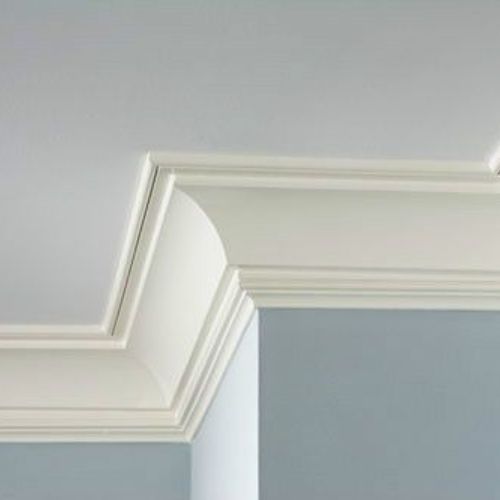
With its gentle, concave curve, cove molding provides a subtle transition between the wall and ceiling. Cave Molding design works well in both traditional and contemporary styles.
3. Dentil Molding:
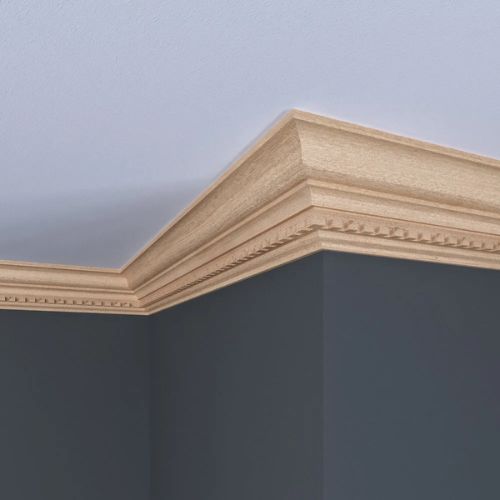
This Molding is Known for its repeating, tooth-like pattern, dentil molding adds a classic touch of grandeur. It’s ideal for spaces with high ceilings and elaborate decor.
Enhancing Architectural Features
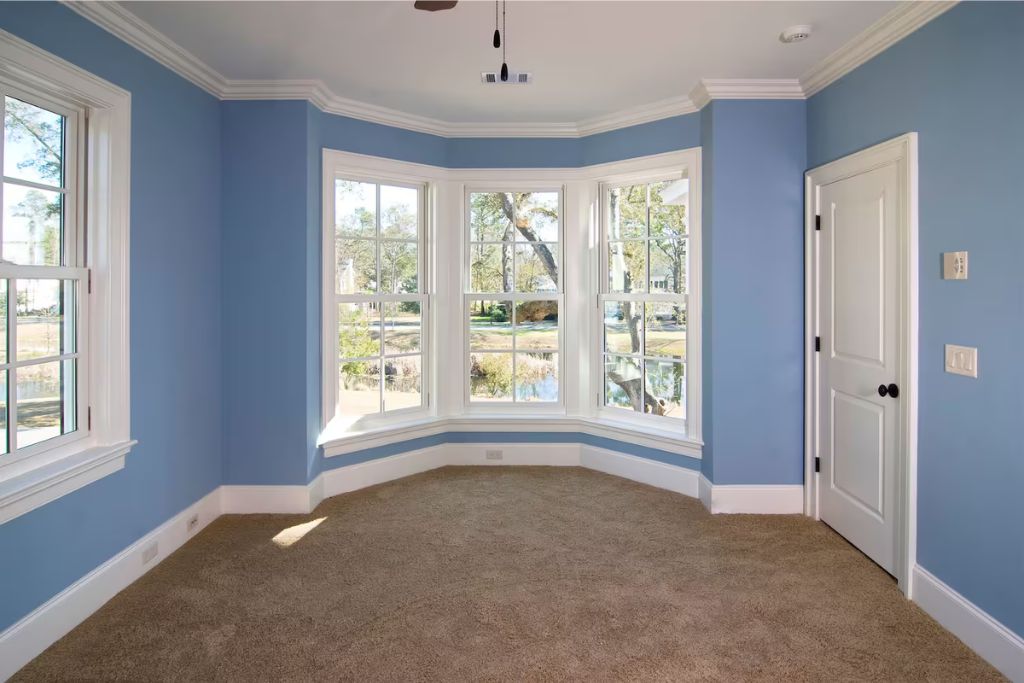
Incorporating classic crown molding into your design can enhance architectural features and complement other traditional elements such as wainscoting and paneled walls. For example, pairing ogee crown molding with detailed wainscoting can create a cohesive and elegant look.
Popular Trim Materials
When choosing classic crown molding, the material is just as important as the design. Traditional materials include:
- Wood: Offers a rich, natural look and can be stained or painted to match any decor.
- MDF (Medium-Density Fiberboard): Provides a cost-effective option that can be easily painted and molded.
- Polyurethane: A durable, lightweight material that resists moisture and is easy to install.
Modern Crown Molding Ideas
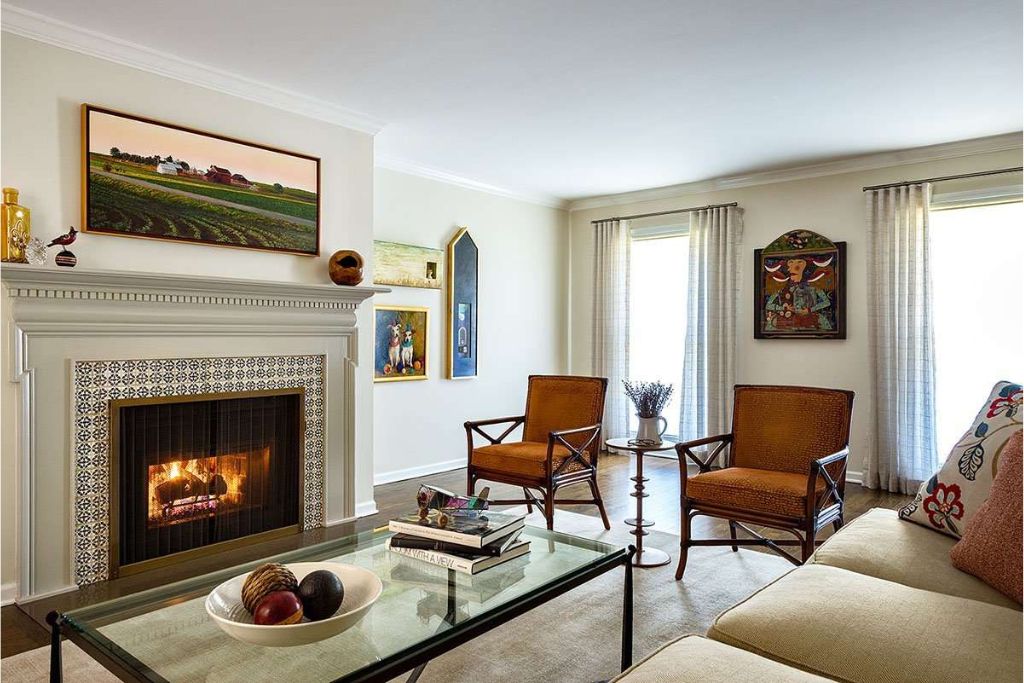
Minimalist Designs
Modern crown molding embraces simplicity and clean lines. Minimalist designs often feature sleek, straight profiles without ornate detailing.
- Straight Profiles: Modern crown molding often uses straight lines and subtle curves to complement contemporary interiors. This approach highlights the architecture without overwhelming the space.
- Flush Designs: For a truly streamlined look, consider flush crown molding that sits level with the wall and ceiling. This design creates a seamless transition and works well in minimalist spaces.
Innovative Materials
Modern crown molding often incorporates innovative materials that offer unique benefits and aesthetics:
- Foam: Lightweight and easy to install, foam crown molding can be painted and cut to fit any space. It’s a great alternative for DIY projects.
- Metal:For a contemporary, industrial look, metal crown molding provides durability and a sleek finish. It’s ideal for modern lofts and urban spaces.
- Composite: Made from a blend of materials, composite crown molding offers the benefits of both wood and synthetic options. It’s resistant to warping and provides a high-quality finish.
Integrating with Modern Decor
When choosing modern crown molding, it’s essential to consider how it will integrate with contemporary decor. Modern crown molding should complement current furniture and design trends. For example, pairing sleek, minimalist crown molding with modern furnishings and geometric patterns creates a cohesive and stylish look.
Ceiling Crown Molding Ideas
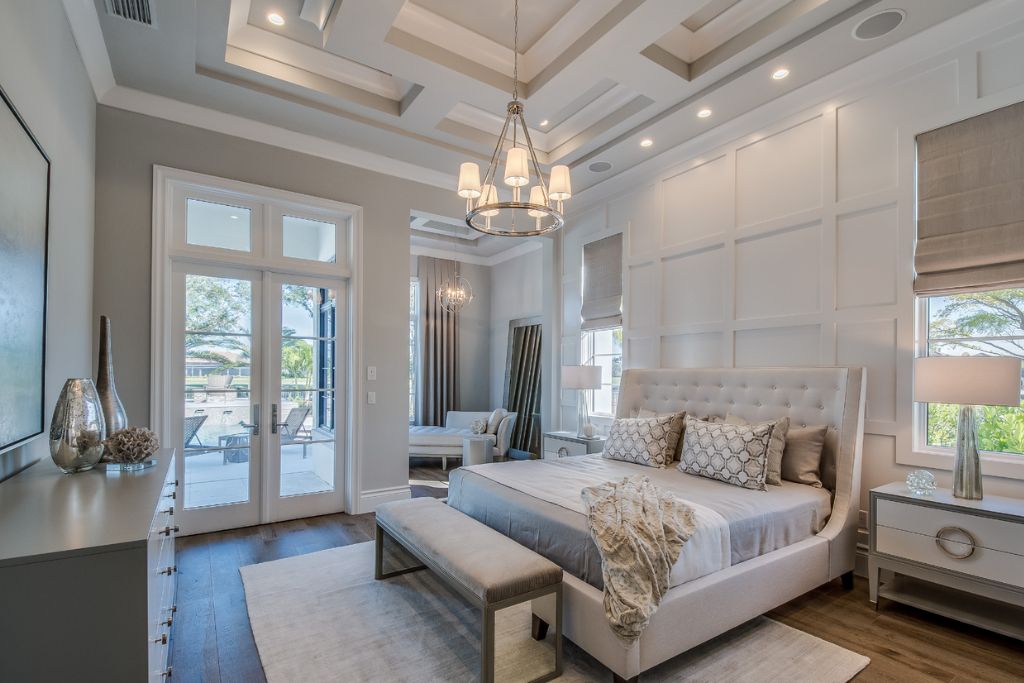
Enhancing Ceiling Features
Crown molding can be used creatively to enhance various ceiling designs:
1. Coffered Ceilings: Adding crown molding to coffered ceilings can highlight the intricate patterns and create a more defined look.
2. Vaulted Ceilings: Crown molding can accentuate the height and architectural features of vaulted ceilings, adding a touch of elegance to the space.
3. Tray Ceilings: Integrating crown molding into tray ceilings can add depth and sophistication, making the ceiling a focal point in the room.
Color and Finish Options
Choosing the right color and finish for your crown molding can dramatically impact the overall look of the room:
- Matching Colors: Crown molding can be painted to match or contrast with the ceiling and walls. A classic approach is to paint the crown molding the same color as the ceiling for a seamless look, or opt for a contrasting color to make it stand out.
- Finishes: Crown molding finishes range from matte to glossy. A glossy finish can add a touch of sophistication and reflect light, while a matte finish provides a more subtle and contemporary look.
Simple Crown Molding Trim Ideas
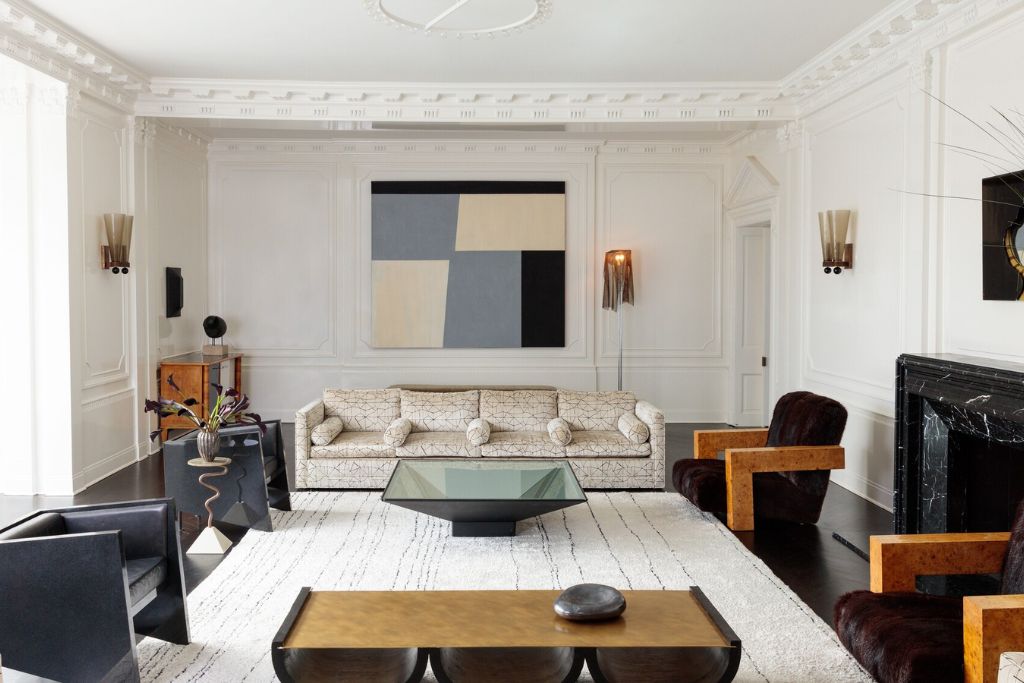
Basic and Elegant Profiles
For a clean and unobtrusive look, simple crown molding trim ideas are the way to go. Basic profiles are straightforward and easy to install, making them perfect for DIY projects.
- Straightforward Designs: Simple crown molding features clean lines and minimal detailing. This style works well in various interior settings, from casual to formal.
- Stylish Simplicity: Even basic crown molding can add a touch of elegance when chosen thoughtfully. Simple profiles can enhance a room’s look without overwhelming the space.
Budget-Friendly Solutions
If you want to refresh your space on a budget, explore these affordable crown molding ideas:
- Affordable Materials: MDF and foam are budget-friendly alternatives to traditional wood. They offer the look of more expensive materials at a lower cost.
- DIY Installation: Simple designs are often suitable for DIY installation, saving on professional labor costs. With the right tools and instructions, you can achieve a polished look on a budget.
Versatility Across Styles
Simple crown molding is versatile and can fit into various decor styles:
- Rustic: Pair simple crown molding with rustic elements like exposed beams and wooden furniture for a charming, country-inspired look.
- Urban: In urban settings, basic crown molding complements modern furniture and industrial accents, creating a clean and sophisticated aesthetic.
Tips for Choosing the Right Crown Molding
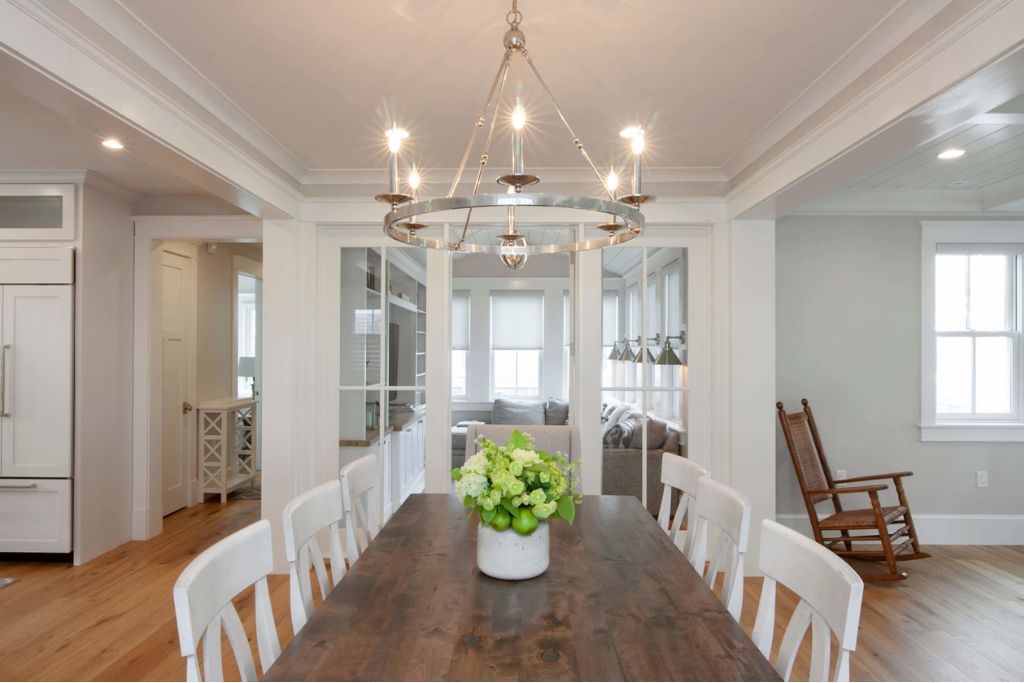
Matching Molding to Room Style
When selecting crown molding, consider the style of the room:
Traditional Rooms: Opt for classic designs with intricate detailing and rich materials like wood.
Modern Rooms: Choose minimalist profiles and innovative materials that complement contemporary decor.
Considering Room Dimensions
The size of the room and ceiling height can influence your crown molding choice:
High Ceilings: For rooms with high ceilings, consider larger, more elaborate profiles to maintain visual balance.
Low Ceilings: In smaller rooms, simpler designs or smaller profiles can create a subtle enhancement without overwhelming the space.
Installation Considerations
Proper installation is crucial for achieving a polished look:
Measuring and Cutting: Accurate measurements and cuts are essential for a seamless fit. Use a miter saw for precise angles and measurements.
Professional vs. DIY: While DIY installation can save money, complex designs or large projects may benefit from professional help to ensure a flawless finish.
Maintenance and Care
Cleaning and Upkeep
Maintaining crown molding involves regular cleaning and care:
Cleaning: Dust crown molding regularly with a soft cloth or duster. For more thorough cleaning, use a mild soap solution and a damp cloth, avoiding harsh chemicals that can damage the finish.
Upkeep: Inspect crown molding periodically for any signs of damage, such as cracks or peeling paint. Prompt repairs can prevent further issues and keep the molding looking its best.
Repairing Damage
Common issues with crown molding include:
Cracks and Gaps: Fill small cracks and gaps with caulk or wood filler. Sand the area smooth before repainting.
Peeling Paint: For peeling paint, remove the old paint, sand the area, and apply a fresh coat. Ensure proper priming and painting techniques to achieve a durable finish.
Conclusion
Crown molding is a versatile and elegant addition to any room, enhancing its architectural features and overall aesthetic. Whether you prefer classic, modern, or simple styles, there’s a crown molding design to suit every taste and space. By considering the room’s style, dimensions, and materials, you can select and install the perfect crown molding to elevate your home’s decor.
In Case You Missed It!
About the Author: Nishant Desai
Nishant Desai has over 8+ years of experience in SEO and blogging. His blogging expertise can organically increase online visibility and traffic for blogs and websites. With his SEO expertise, he has already contributed to iGeeksblog, Firstsportz, and Firstcuriosity. In addition, he can create content strategies, conduct keyword research, publish optimized blogs, and resolve technical issues.




